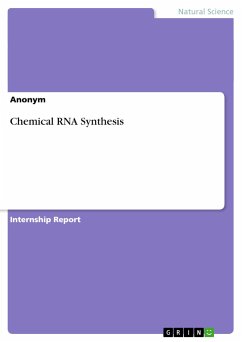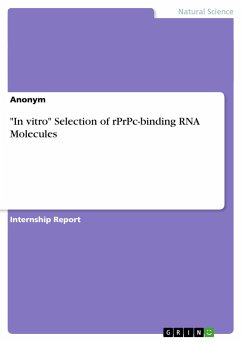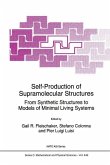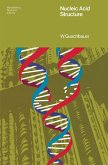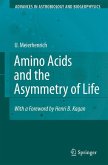Internship Report from the year 2014 in the subject Chemistry - Bio-chemistry, grade: 1,0, Free University of Berlin (Institut für Chemie und Biochemie), course: Methodenmodul Nukleinsäuren, language: English, abstract: Oligonucleotides that are used in various experiments such as PCR, Next Generation Sequencing or quantitative PCR can be synthesized chemically. In contrast to the natural 5' 3' synthesis, the chemical synthesis generates the strand in a 3' 5' direction. The first base is coupled covalently to Controlled Pore Glass (CPG). The cyclic elongation reaction consists of five steps: detritylation, tetrazolactivation, coupling, capping and oxidation (figure 1). The synthesis is automated by a synthesizing machine. Here, we exemplarily synthesized an RNA 20mer with and without a 5'-dimethoxytrityl protection group, respectively, in a 0.2 mimol synthesis scale.

